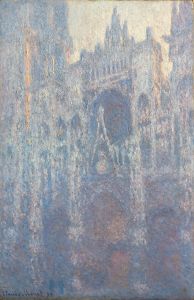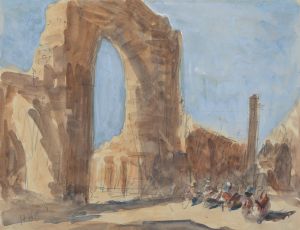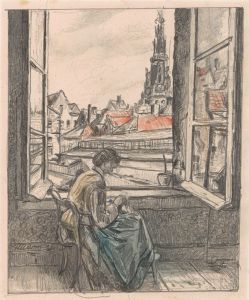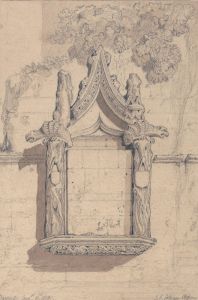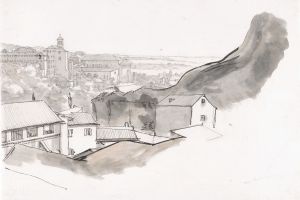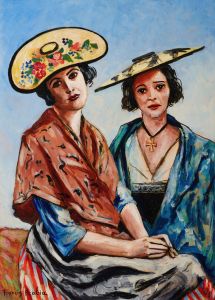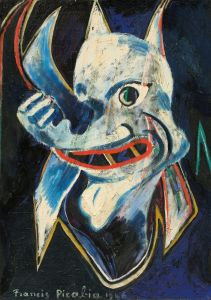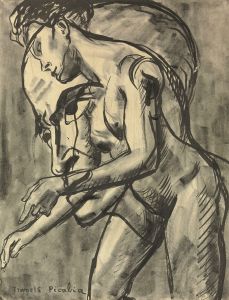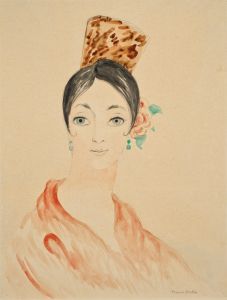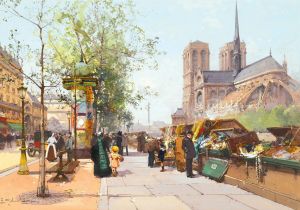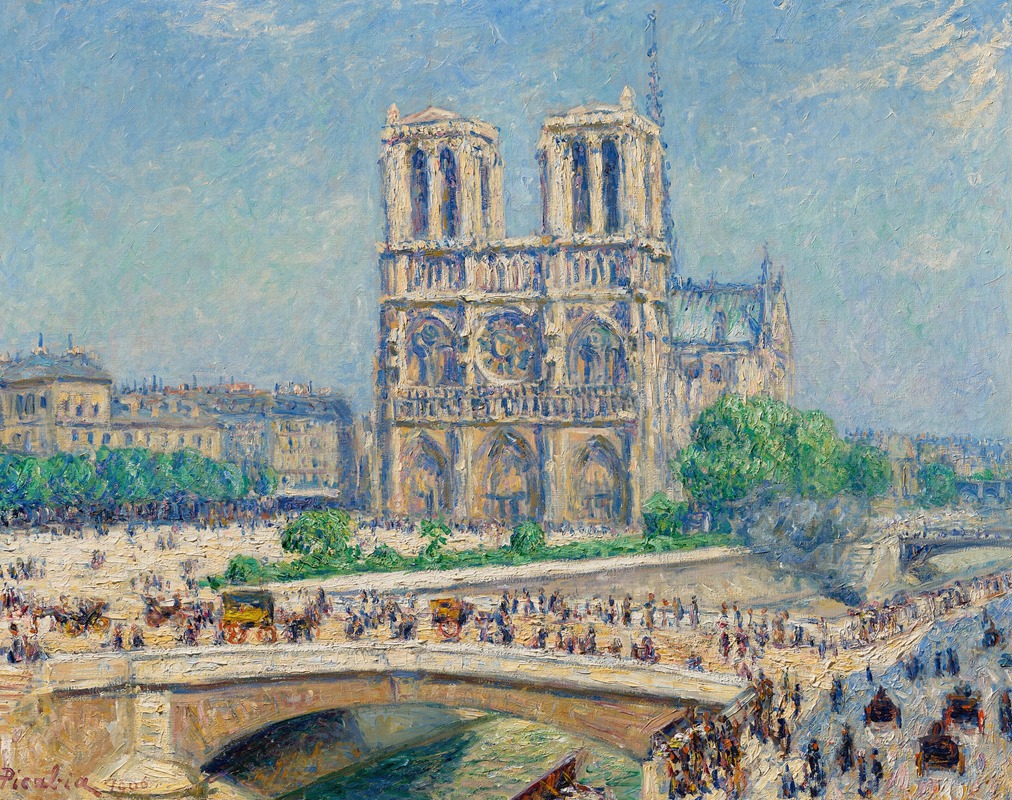
Notre-Dame, effet de soleil
A hand-painted replica of Francis Picabia’s masterpiece Notre-Dame, effet de soleil, meticulously crafted by professional artists to capture the true essence of the original. Each piece is created with museum-quality canvas and rare mineral pigments, carefully painted by experienced artists with delicate brushstrokes and rich, layered colors to perfectly recreate the texture of the original artwork. Unlike machine-printed reproductions, this hand-painted version brings the painting to life, infused with the artist’s emotions and skill in every stroke. Whether for personal collection or home decoration, it instantly elevates the artistic atmosphere of any space.
"Notre-Dame, effet de soleil" is a painting by the French avant-garde artist Francis Picabia, created in 1906. Picabia, born in 1879, was a pivotal figure in the development of modern art, known for his involvement in various art movements, including Impressionism, Cubism, Dada, and Surrealism. This particular work, "Notre-Dame, effet de soleil," is an example of his early Impressionist style, which he explored before moving on to more radical and experimental forms of art.
The painting depicts the iconic Notre-Dame Cathedral in Paris, capturing the effects of sunlight on its facade. Picabia's use of light and color in this work reflects the influence of Impressionism, a movement that sought to capture the fleeting effects of light and atmosphere. The painting is characterized by its vibrant palette and loose brushwork, which convey a sense of immediacy and movement. The play of sunlight on the cathedral's surface is rendered with a delicate touch, highlighting Picabia's skill in capturing the transient beauty of a specific moment in time.
During this period, Picabia was heavily influenced by the works of Claude Monet and Alfred Sisley, both of whom were prominent figures in the Impressionist movement. Like them, Picabia was interested in exploring the effects of light and weather on architectural and natural forms. "Notre-Dame, effet de soleil" exemplifies this interest, as it focuses on the interplay between the solid structure of the cathedral and the ephemeral quality of sunlight.
Picabia's early works, including "Notre-Dame, effet de soleil," were well-received by critics and the public, establishing him as a talented artist within the Impressionist tradition. However, Picabia's artistic journey was marked by constant evolution and experimentation. By 1910, he began to move away from Impressionism, exploring other styles and eventually becoming a leading figure in the Dada movement, which rejected traditional artistic values and embraced absurdity and spontaneity.
Despite his later association with more radical art movements, Picabia's early Impressionist works remain an important part of his oeuvre. They demonstrate his technical proficiency and his ability to capture the essence of a scene through color and light. "Notre-Dame, effet de soleil" is a testament to Picabia's versatility as an artist and his capacity to engage with different artistic styles throughout his career.
Today, "Notre-Dame, effet de soleil" is appreciated not only for its aesthetic qualities but also for its historical significance. It provides insight into Picabia's early artistic development and his engagement with Impressionism before he embarked on his more avant-garde pursuits. The painting is a valuable piece of art history, reflecting the dynamic and ever-changing nature of Picabia's artistic vision.





